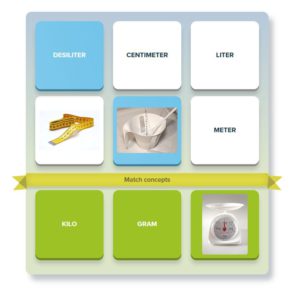The LearnLab’s learning tools are designed to promote learning of concepts and deep learning, but what should you look for in practice to find out if deep learning is actually taking place?

Over the past few years, we have studied over 300 classrooms and discussed with teachers what “deep learning” means and not least what it looks like in practice. Different definitions of deep learning are often based on an understanding of deep learning as knowledge stored over time and concepts that can be applied across contexts. Perhaps most important is the knowledge and concepts that the student can use to solve complex problems creatively.
When deep learning is the goal, it is crucial that the learning engages the student in a way that enables the student to acquire deep knowledge through activity, the experience of being an active participant and most importantly, being guided through a journey where the student discovers the depth and relevance of important concepts. What does this look like in practice?
In collaboration with over 150 schools, we have developed some characteristics of deep learning:

The list in no way guarantees deep learning. For example, one can have activity and collaboration, without the students necessarily discovering new concepts and developing a deeper understanding of them. Nevertheless, the list proves to work well as a practical tool for focusing on various characteristics of teaching that contribute to a starting point for deeper learning. These terms can also be used as tags on the teaching programs that are in LearnLab.



